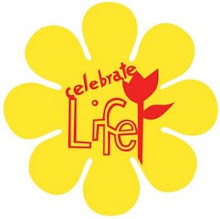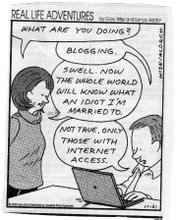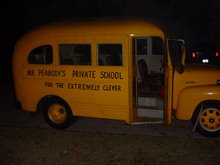Let The Sunshine In
This just in from "The City":
Springfield motorists are urged to use extra caution during early-morning and late-afternoon driving in upcoming weeks because of the documented affect that sun glare has on crash rates.
For about two weeks before and two weeks after the Sept. 22 autumnal equinox, the sun is almost directly in an east-west alignment, which creates an especially harsh glare for morning eastbound and afternoon westbound drivers. This seasonal glare can affect drivers' visibility to see traffic signals, other vehicles, pedestrians and cyclists.
A similar effect occurs during the weeks around the vernal equinox in March.
Springfield crash data suggests that there are more crashes during the four weeks around the autumnal and vernal equinoxes than during any typical four weeks during the year. In 2008, there were 38 crashes related to sun glare with 15 of them occurring during the two periods around the equinoxes. About 90 percent of those crashes occurred in the two hours after sunrise or the two hours before sunset, which coincides with the morning and afternoon rush hours. The glare peaks about an hour after sunrise and an hour before sunset.
Another seasonal factor that contributes to the glare problem is the dew that develops on the windows of vehicles parked outside when temperatures cool down overnight. Motorists are encouraged to clean off their cars and let them warm enough to prevent windows from fogging.
The City Traffic Engineering Division has taken steps to improve visibility. One of the benefits of the conversion of traffic signals from incandescent to LED bulbs is that the LED lights don't require a reflector, which can cause signals to appear illuminated when the sun is at certain low angles. Backplates also have been installed on all east-west facing signal heads to help shield the sun when it is behind the signal.
Here are some tips for safer driving:
* Glare obstructs vision just like fog. Slow down. If you can't see, find a place to wait for a few minutes without being a hazard to anyone. It is your responsibility to operate your vehicle safely.
* Turn your headlights on so your vehicle is more visible.
* If the sun is directly behind you, make sure the traffic signal ahead is really green and not just reflecting the sunlight, then proceed.
* If you can, avoid driving during high-glare periods on eastbound and westbound streets with school zones and other heavy pedestrian traffic areas. If you are driving away from the sun, then consider that oncoming pedestrians and motorist might be blinded and not see you.
* Sunglasses with polarized lenses are designed to cut through glare.
* Keep your windshield clean inside and outside of dirt, dew or ice, which all appear magnified when the light shines into your eyes at a low angle.
* If you have a light-colored dashboard, consider laying black felt or other material on it to minimize sun reflection.
For more information, contact: Traffic Engineer Earl Newman, 864-1980.










No comments:
Post a Comment